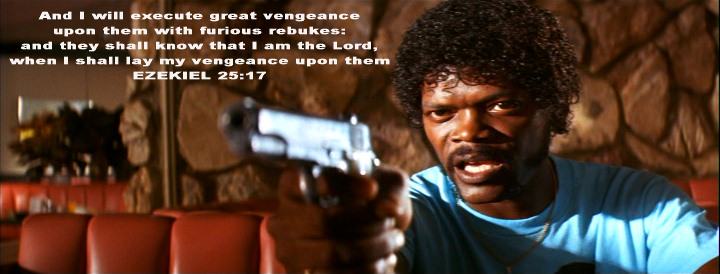Pulp Fiction is a dark comedy that tells the intertwining stories of gangsters, a boxer, and robbers. One example of how it is a postmodern film is that it does not separate the world into good and evil-- it actually attempts to blur the line between the two, unlike the classical Hollywood films that draw a distinct line between them.
Pulp Fiction also breaks down chronological time; the film is viewed in chapters, following a novel like style of telling its story, and fractures “time” by using asynchronous timelines, shedding light on the subjectivity of time.
Pulp Fiction also breaks down chronological time; the film is viewed in chapters, following a novel like style of telling its story, and fractures “time” by using asynchronous timelines, shedding light on the subjectivity of time.
Finally, Pulp Fiction demonstrates intertextuality, (bringing in texts from many types of art and literature), by using elements of a variety of films in pop culture. Within the film, one can see that Tarantino has used many different films and taken elements from them all. This melting-pot of media places the self as "a loose, transitory combination of media consumption choices."


really good understanding of the use of cinematographic devices
ReplyDelete